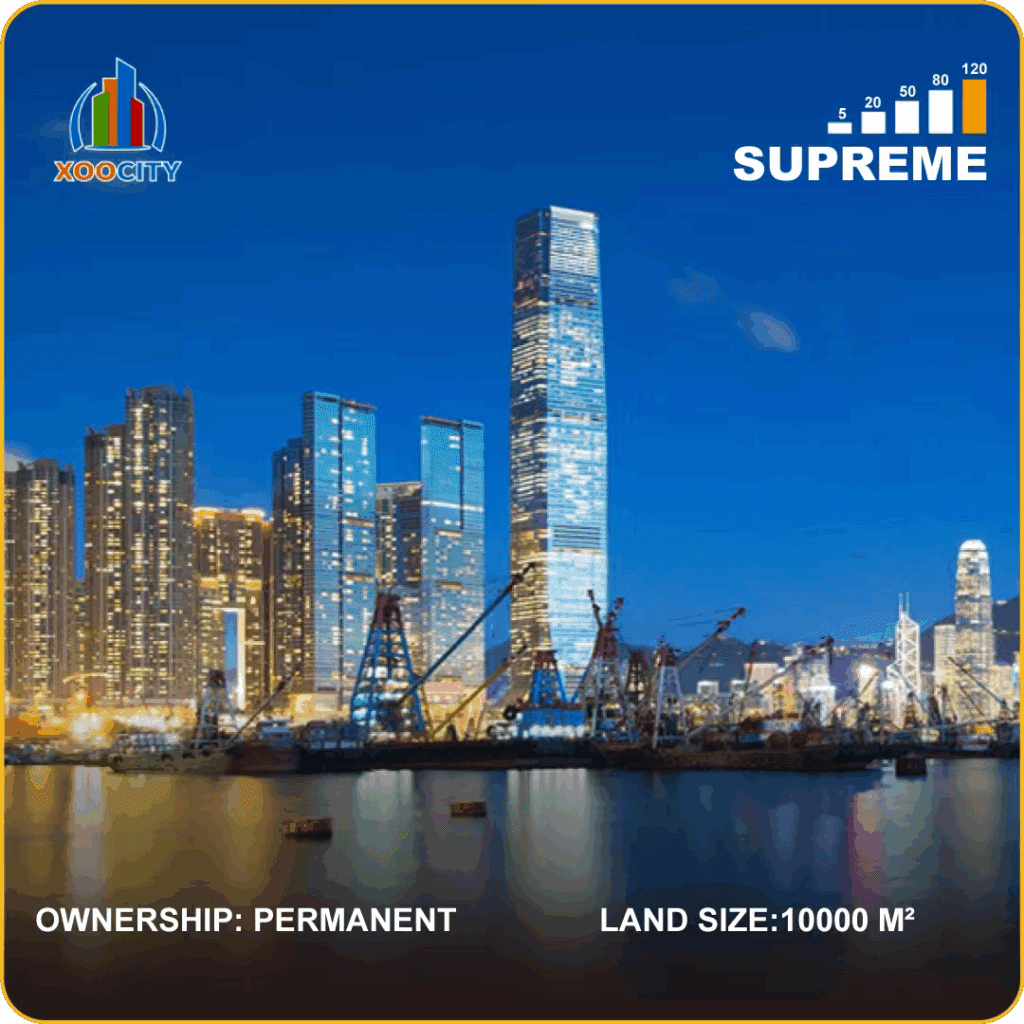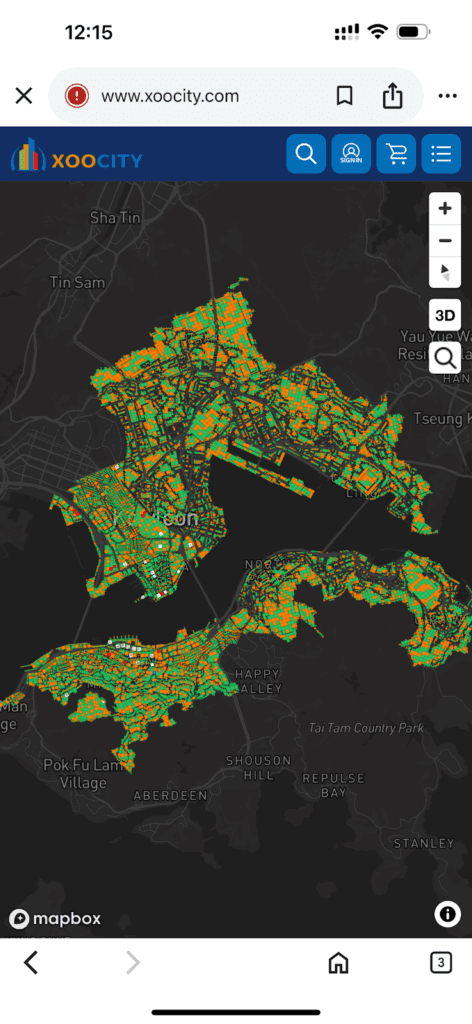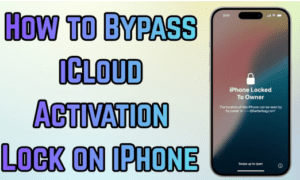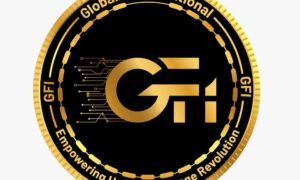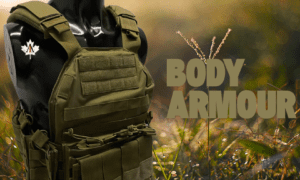The metaverse landscape is shifting from entertainment-focused virtual worlds to business-driven ecosystems with tangible financial returns. XOOCITY, a next-generation Web3 platform, is leading this transformation through its CitiFi (City Finance) model—a 1:1 digital twin of Hong Kong that merges metaverse technology with real-world commercial infrastructure. Unlike traditional platforms such as The Sandbox and Decentraland, which center on gaming and social experiences, XOOCITY provides enterprises with a complete business operating system that integrates virtual land ownership, brand asset tokenization through its XooRWA engine, and cross-border e-commerce via XOOBAY. This approach transforms virtual real estate from speculative digital assets into revenue-generating commercial hubs where brands can tokenize loyalty programs, operate virtual storefronts, and execute global transactions—all powered by the $XOO token. By anchoring virtual land to recognizable geographic locations and linking digital engagement directly to corporate value, XOOCITY is establishing a new standard for metaverse commercialization.
XOOCITY stands out by prioritizing a commercial and financial utility that connects directly back to real-world business outcomes:
| Feature | XOOCITY (CitiFi) | The Sandbox (GameFi) | Decentraland (Social/Art) |
|---|---|---|---|
| Core Focus | Web3 Commercial Operating System | User-Generated Gaming & Content Creation | Decentralized Social, Art, and Events |
| Metaverse Design | 1:1 Digital Twin of a Real City (Hong Kong) | Voxel-based, blocky, original fantasy world | 3D, original fantasy world with a more realistic feel than The Sandbox |
| Primary Value System | “Brand as Asset” (via XooRWA) | “Play-to-Earn” and Creator Monetization | Digital Real Estate & Art Ownership |
| Real-World Integration | High. Deeply integrated with physical commerce via XooRWA (tokenized cross-border e-commerce) and XOOBAY | Low to Medium. Focused on digital partnerships (celebrities, IPs) for virtual experiences. | Medium. Focused on hosting virtual events for real brands/artists. |
| Land Parcel Theme | Represents real-world, specific geo-located business zones in Hong Kong. | Represents generic LAND plots for game creation. | Represents generic LAND parcels for building scenes/venues. |
| Key Token Function | $XOO: Unified currency for all commerce, RWA incentives, and governance. | $SAND: Currency for purchasing assets and governance. | $MANA: Currency for purchasing LAND, services, and governance. |
| Target Audience | Brands, Entrepreneurs, Retail Chains, IP Owners, and Commercial Investors. | Casual Gamers, Artists, and Independent Game Developers. | Digital Artists, Event Organizers, and NFT Collectors. |
Brand Asset Tokenization (XooRWA): This is the most significant difference. XOOCITY is not just selling virtual land; it is offering a platform for companies to turn their brand influence into a tradable, incentivized digital asset. This directly links digital participation to the real-world value of a company.
Web3 Commercial OS: The integration of the metaverse (XOOCITY), e-commerce (XOOBAY), and brand finance (XooRWA) creates a true “operating system” for borderless commerce. A brand can tokenize its loyalty program (XooRWA), open a virtual store (Metaverse), and facilitate sales globally (XOOBAY), all governed by the $XOO token.
CitiFi Model: By creating a 1:1 digital twin of a financial hub like Hong Kong, XOOCITY attracts high-value commercial users and investors who appreciate the scarcity and geographical relevance of the virtual land, positioning it as a place for serious virtual business rather than primarily gaming.
In summary, if The Sandbox is the “Decentralized Lego World” and Decentraland is the “Digital Art Gallery/Town Square,” XOOCITY is the “Web3 Commercial Hub and Digital Financial City.”
The Rise of CitiFi Business Metaverse
This report analyzes virtual land value models across mainstream metaverse platforms and argues that the CitiFi (City Finance/Business City) concept—represented by XOOCITY (Metaverse City)—offers the optimal pathway for metaverse commercialization. Traditional metaverses like The Sandbox and Decentraland center around gaming and social interaction. XOOCITY, through 1:1 city replication, the XooRWA (Brand Asset Tokenization) engine, and the cross-border e-commerce platform XOOBAY, builds a complete commercial ecosystem integrating Web3, blockchain, AI, and the metaverse. This elevates virtual land from entertainment assets to commercial infrastructure with genuine financial and brand expansion value.
Professional Research Report:
Analysis of Metaverse Virtual Land Value and Commercialization Pathways
- Comparative Value Models of Mainstream Metaverse Virtual Land
Current Web3 virtual land platforms fall into two major camps with fundamentally different value drivers:
| Platform Type | Representative Examples | Core Value Drivers | Commercialization Path | Land Attributes |
|---|---|---|---|---|
| GameFi/Social Metaverse | The Sandbox, Decentraland | Entertainment, social interaction, IP partnerships, digital art | Advertising revenue, NFT asset trading, virtual event tickets | Abstract, independent, non-anchored |
| CitiFi/Business Metaverse | XOOCITY (Metaverse City) | Brand assets, actual finance, cross-border e-commerce, Web3 business operations | Brand asset tokenization (XooRWA), rental income, commercial service transactions | Concrete, scarce, geographically anchored |
Core Pain Point: Traditional metaverse land values experience high volatility and depend heavily on gaming popularity and social traffic, making it difficult to establish sustainable, quantifiable revenue connections with real-world enterprises.
II. XOOCITY Land’s Prominent Brand and Commercial Functions
XOOCITY’s virtual land (Land NFT) transcends simple digital real estate—it serves as Metaverse/digital infrastructure supporting physical brands and commercial expansion, demonstrating unique commercial advantages:
- Real-World City Anchoring and Scarcity
1:1 City Replication: XOOCITY creates a 1:1 digital twin based on Hong Kong, a global financial center. This gives its virtual land the scarcity, recognition, and potential geographic commercial value of real-world locations.
Brand Positioning: Brands purchasing land in Metaverse City can strategically select locations corresponding to real-world financial districts, commercial centers, or tourism hotspots, directly inheriting the commercial status and brand associations of these areas.
- XooRWA Engine: Land as Brand Finance Vehicle
Brand Assetization: Brands establish virtual flagship stores on XOOCITY land and tokenize their brand influence, loyalty programs, and future earnings through the XooRWA platform (issuing Brand Digital Assets).
User Co-Creation Incentives: Land owners and brands can issue RWA assets to incentivize user participation in brand promotion and consumption, transforming from “brand exposure” to a “users as shareholders” business model. Land becomes the central hub for brand financial activities.
- Commercial Ecosystem Integration and B2B/B2C Implementation
XOOCITY land serves as the display and interaction interface for XOOBAY cross-border e-commerce, XooEr AI operations, and other functional modules. Enterprises can build virtual malls and conduct virtual trade shows on their land, achieving:
Transaction Closed Loop: Display products on land and complete real-time settlement and delivery through XOOBAY using fiat or cryptocurrency.
Operational Efficiency: Use XooEr AI assistants to manage virtual operations, ensuring maximum commercial value output from land.
III. Business Metaverse: The Optimal Commercialization Path
For the metaverse to achieve large-scale, sustainable commercialization, it must move beyond pure gaming or social attributes and return to the core of providing business value and operational efficiency.
- Focus on “Utility” Rather Than “Entertainment”
The core of CitiFi metaverse lies in providing businesses with commercial “utility,” including lower-cost customer acquisition channels, more efficient cross-border settlement, and tokenizable brand assets. This value model is more stable and sustainable than entertainment metaverse “traffic monetization” models.
- Influence Metaverse (CitiFi) Represents the Future Direction
The most influential metaverse city concept, CitiFi, points toward the future. It explicitly introduces core city functions—finance, commerce, trade—into the Web3 framework, shifting virtual land value from emotional or entertainment value to actual commercial output and asset appreciation. This model’s success depends on:
Web3 Enablement: Using blockchain transparency and smart contract automation to ensure fair and efficient commercial activities.
AI-Driven: Using AI to optimize business operations, user profile analysis, and asset allocation.
- Perfect Integration of Web3, Blockchain, AI, and Metaverse
XOOCITY’s ecosystem perfectly combines these four core technologies:
Metaverse: Provides immersive 3D commercial space (Hong Kong digital twin).
Blockchain/Web3: Provides decentralized ownership (Land NFT), unified economic incentives ($XOO Token), and financial settlement (XooRWA/XOOBAY).
AI: Provides intelligent business operations, customer relationship management, and asset allocation optimization (XooEr).
Conclusion and Outlook
Research shows that future metaverse competition will shift from “whose virtual world is cooler” to “whose virtual world offers greater business value and financial efficiency.”
With its CitiFi concept and XooRWA brand asset tokenization engine, XOOCITY provides global brands and investors with a unique Web3 business operating system anchored to real-world commercial value. We believe that business metaverse ecosystems built on the model of commercial cities represent the best and most influential path to achieving large-scale metaverse commercialization.
。

